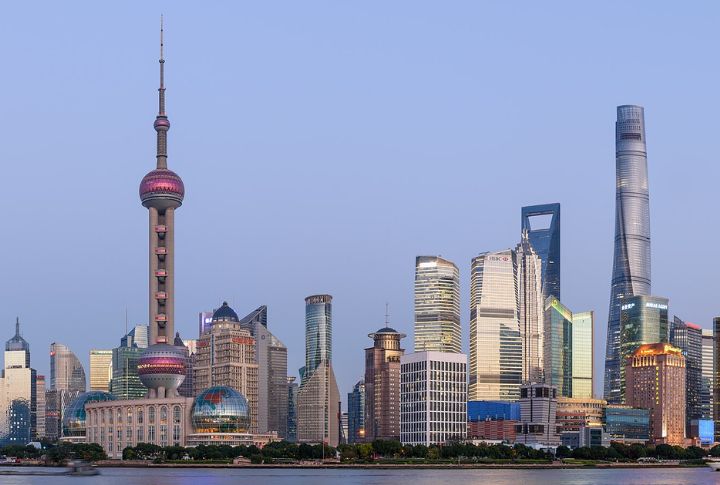
Some changes don’t happen because people want them; they happen because circumstances demand them. As countries face economic strain or reach limits under rigid systems, a familiar pattern begins. One by one, they borrow strategies that align more with capitalist models. Let’s highlight 10 key forces behind that shift, offering a close-up view of why capitalism becomes the fallback plan more often than expected.
Capitalism Boosts Growth

Singapore rose from a fishing village to a global finance hub through demand-driven capitalism. Estonia’s GDP grew sixfold after adopting free-market policies in 1991. These aren’t isolated wins. They show how capitalism fuels national growth. When legal markets meet demand, economic expansion becomes sustainable and broad-based.
Competition Fuels Innovation

What drives the next big breakthrough? Competition, not committees. That’s why Silicon Valley has birthed 30,000 startups since the ’70s. South Korea’s tech boom was profit-chasing exports. While Asia leads in patents today, capitalist economies lit the first match of innovation-driven fire.
Planned Economies Fall Behind

The USSR (a socialist state from 1922 to 1991) collapsed under economic stagnation and rigid central planning. Venezuela, despite vast oil reserves, saw its GDP plunge 75% under similar control, according to the Council on Foreign Relations. Meanwhile, China’s 1978 reforms lifted millions from poverty.
Ownership Improves Results

Poland’s farms boomed after 1989 for one reason: ownership returned to the people. Private landowners invested care where the state never could. In Cuba, sugar production collapsed after nationalization. Even landlords respond better under capitalism. When profit depends on quality, tenants finally get what bureaucracy couldn’t deliver.
Culture Spreads Through Markets

Why did jeans and rock & roll feel like freedom behind the Iron Curtain? Because capitalist culture travels through what it sells. Hollywood and K-pop shape identity. Even socialist nations stream market-made content. Closed economies may control messaging, but they rarely capture the global stage.
Markets Attract Investment

Capital flows where there’s structure, not slogans. Ireland became Europe’s “Celtic Tiger” after lowering corporate taxes, and Vietnam’s trade soared after market reforms. Global giants like Apple and Toyota also avoid unstable, closed economies. Investors prioritize rules and returns, and capitalist systems tend to offer all three in spades.
People Want More Choices

Remember East Berliners rushing West for bananas and Levi’s? That’s capitalism’s pull. Central planning can’t match the avalanche of options; over 30,000 products in an average capitalist supermarket. When McDonald’s shows up, it’s a signal that control is loosening, and markets are waking up.
Entrepreneurs Create Jobs

Startups power economies. In the U.S., over 60% of jobs come from small and mid-sized businesses, the U.S. Small Business Administration (SBA) reported. Bangladesh’s garment sector scaled through open markets, and Albania’s tourism revival proves one thing: entrepreneurial freedom builds jobs where planning once failed.
Authoritarian States Use Capitalism

Even authoritarian regimes can’t ignore capitalism’s pull. China fuels its growth through capitalist-style zones. Saudi Arabia’s Vision 2030 pushes privatization hard. Vietnam clings to one-party rule but opens stock markets. Even Cuba now permits small businesses. These changes are strategic. Quietly, capitalism becomes the engine behind control.
Freedom Grows Tax Revenue

Public services run on revenue. Chile tripled its tax intake after privatizing key industries. Botswana’s mining sector, built on capitalist policy, funds most of its healthcare, while in the U.S., nearly $5 trillion flows in annually (U.S. Treasury Fiscal Data). Those are proof that when markets grow, so does the ability to give back.
